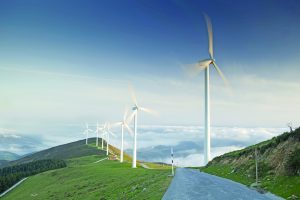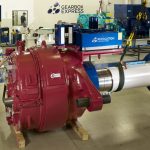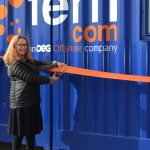Before the pandemic, many rural communities were already struggling with population decline, retention of young people, and economic hardship due to agricultural uncertainty. In the face of COVID-19, these challenges have only grown. However, wind power is providing rural communities with an extra layer of security through land-lease payments and substantial new tax revenue. This extra funding provides the opportunity to improve roads and infrastructure and invest in schools and other resources that strengthen the community, while drawing new residents to the area. Wind energy is also one of the few industries currently creating new manufacturing jobs.
The American Wind Energy Association recently released a series of case studies examining all the ways wind power is helping rural communities navigate these challenging times.
Offshore wind is another area that has great potential for boosting the post-pandemic economic recovery. In March, AWEA released its U.S. Offshore Wind Power Economic Impact Assessment, which found that by developing 30,000 MW of offshore wind along the East Coast, the U.S. could support up to 83,000 jobs and deliver $25 billion in annual economic output by 2030. An August 2020 study from research group Wood Mackenzie finds offshore wind in the U.S. overall has the potential to deliver 28,000 new megawatts of clean energy and $1.7 billion in U.S. Treasury revenue by 2022, which would significantly aid the economy in its post pandemic recovery.
Wind is also helping the U.S. recover from the pandemic more sustainably. As a zero-carbon energy source, the electricity wind turbines generate avoided an estimated 42 million cars’ worth of CO2 emissions in 2019 alone. Because wind requires no water to produce electricity, it significantly reduces water consumption — saving about 103 billion gallons of water at power plants in 2019.
More info awea.org




































